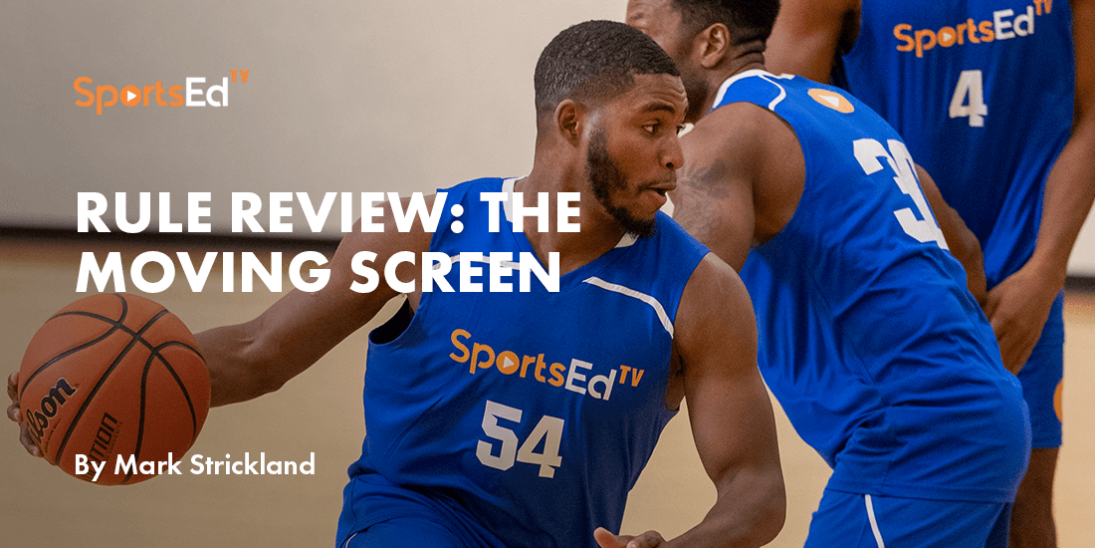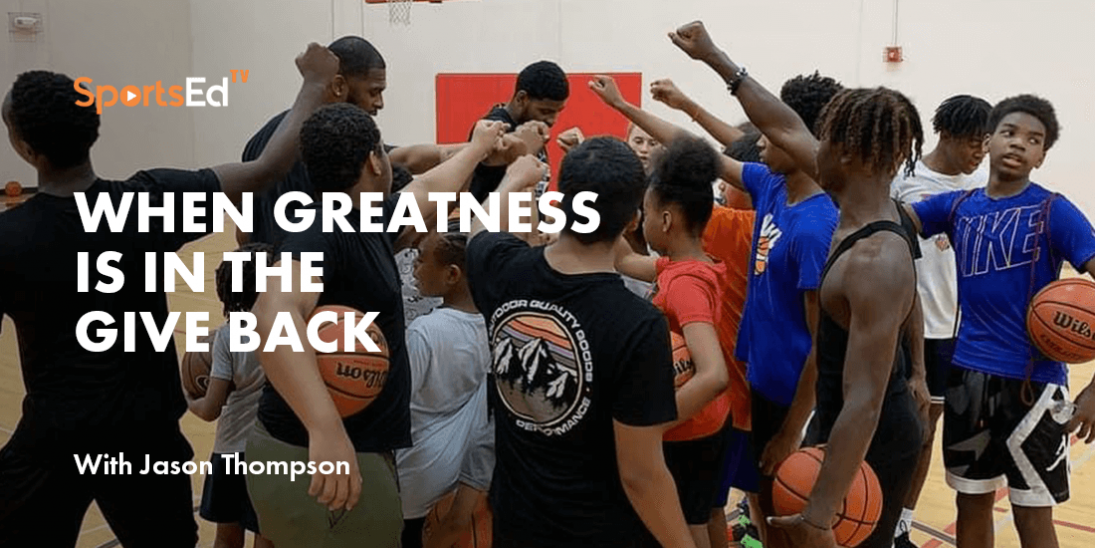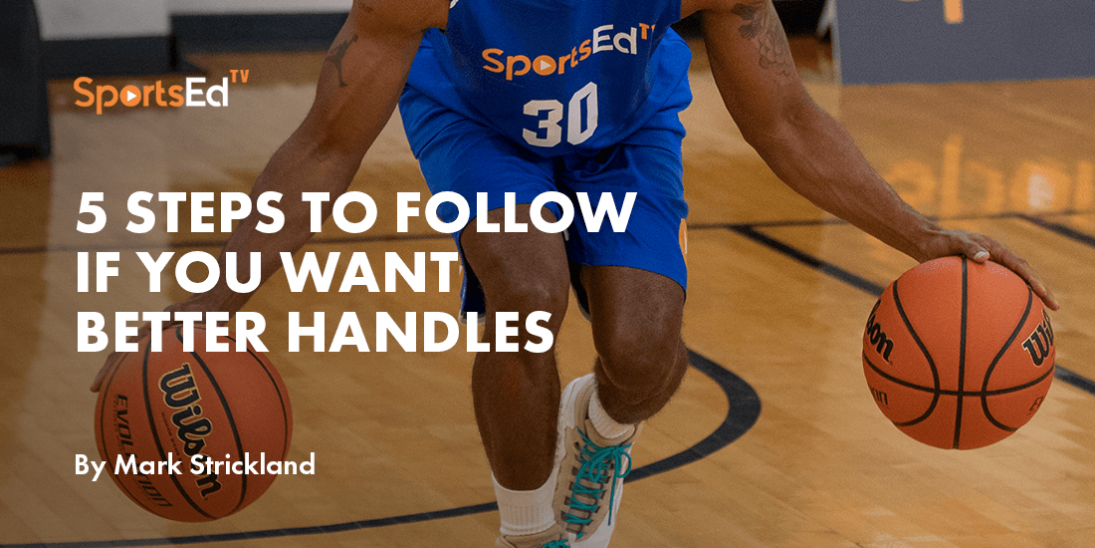Basketball
Welcome and thanks for visiting...

Positions in Basketball
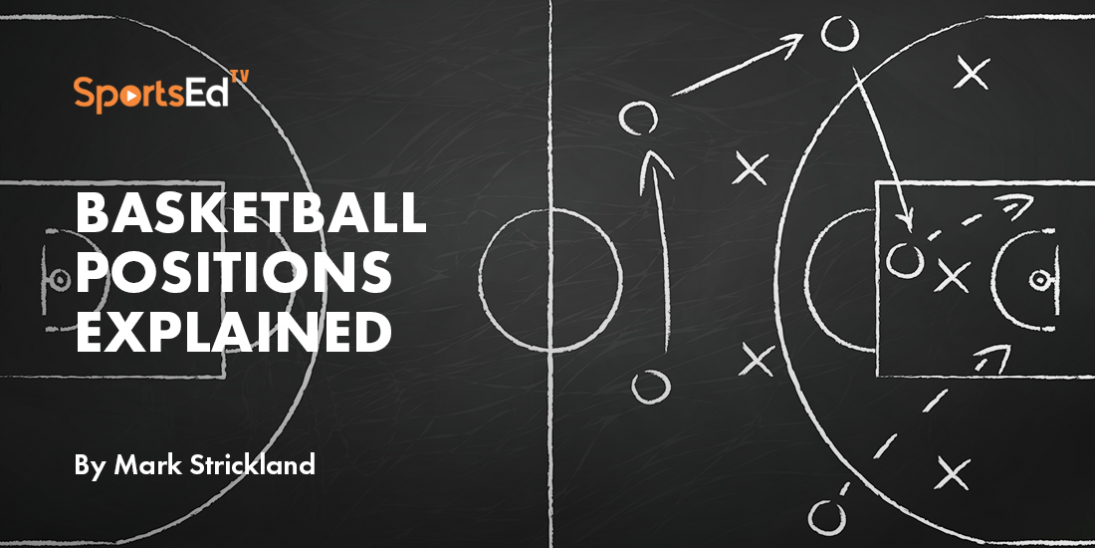
A basketball team requires a combination of skills and abilities from each player in order to be successful. Each position has unique responsibilities and challenges, but they must all work together as a team to win games. Whether it's the center controlling the paint, the power forward creating space, the small forward creating mismatches, the point guard running the offense, or the shooting guard providing a scoring threat, each player plays a crucial role in the success of the team.
In this blog, we will delve into the different positions in basketball and highlight the key responsibilities and specific skills required of each player.
What are the five positions in basketball?
Center: The center is typically the tallest player on the team and is responsible for playing near the basket on both offense and defense. On offense, the center tries to score on close shots and rebound misses, while on defense, the center tries to block shots and grab rebounds.
Power Forward: The power forward is a versatile player who is responsible for playing near the basket and defending taller players. They also take longer shots than centers and play an important role in rebounding.
Small Forward: The small forward is a versatile player who is responsible for playing against both small and large players. They are often asked to score from both close range and long distance, making them a valuable asset to any team.
Point Guard: The point guard is responsible for running the offense and is typically the team's best dribbler and passer. They also defend the opponent's point guard and try to steal the ball.
Shooting Guard: The shooting guard is typically the team's best shooter and is responsible for making shots from a long distance. They also have good dribbling skills and play an important role in scoring.
Basketball positions explained.
Center
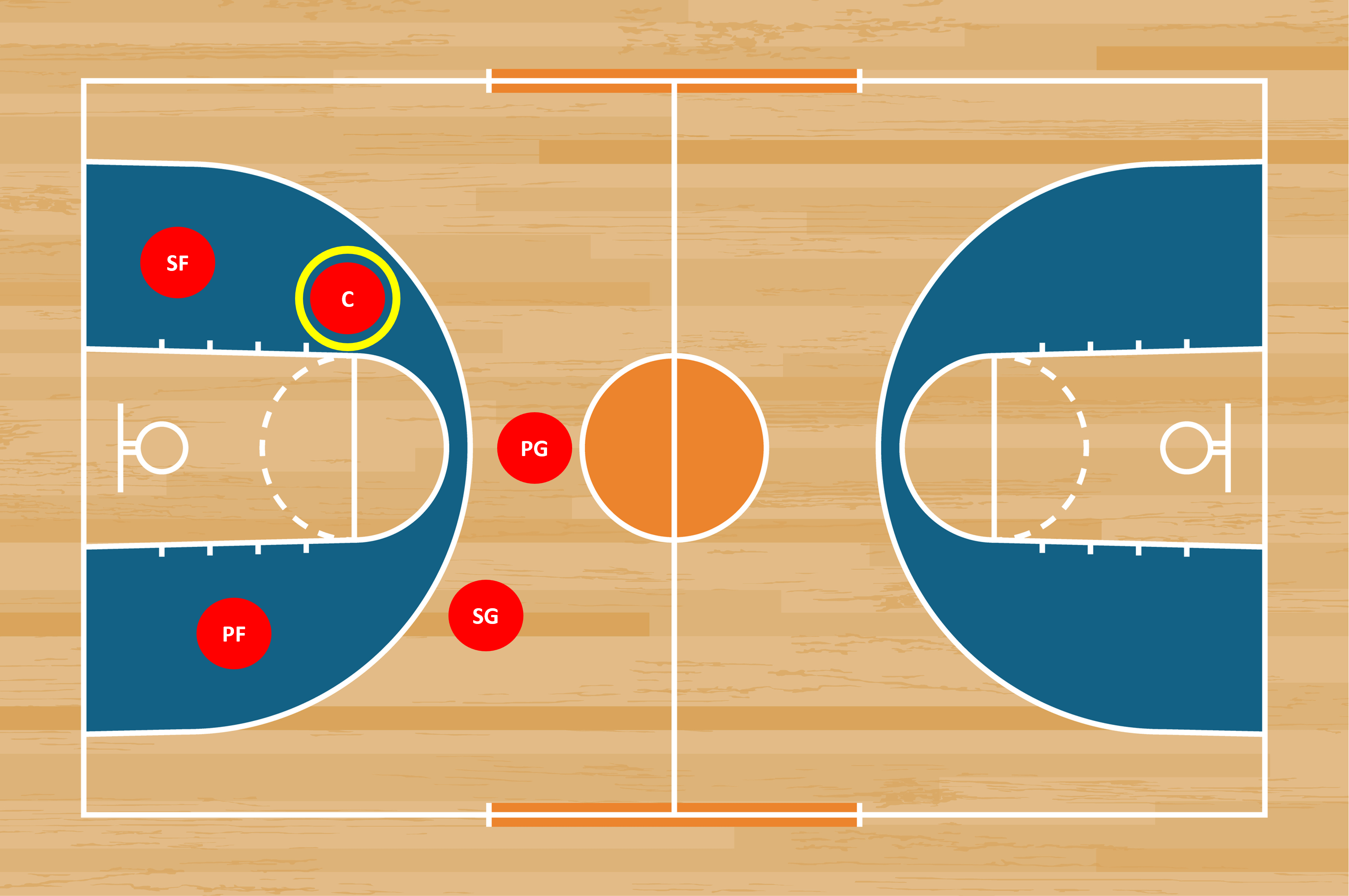
The center is the tallest player on the team and is positioned near the basket. Centers play an important role in both offense and defense, scoring close-range shots and rebounding while also blocking opponents' shots and defending against taller players. In order to be effective, centers must have quick reflexes, good anticipation skills, and the strength and agility to battle for position against opponents.
One of the key responsibilities of a center is to control the paint and dominate the boards. This requires them to have good rebounding instincts, knowing when to go for the ball and when to box out their opponents. On offense, centers must have the ability to finish strong at the rim, often against taller and stronger opponents. This requires a combination of athleticism, footwork, and body control.
In addition to these physical attributes, centers must also be able to read the game and make quick decisions. This includes knowing when to pass the ball out of double teams, when to rotate on defense, and when to contest shots at the rim. Centers must also have good communication skills, calling out defensive assignments and setting screens for their teammates.
Power Forward
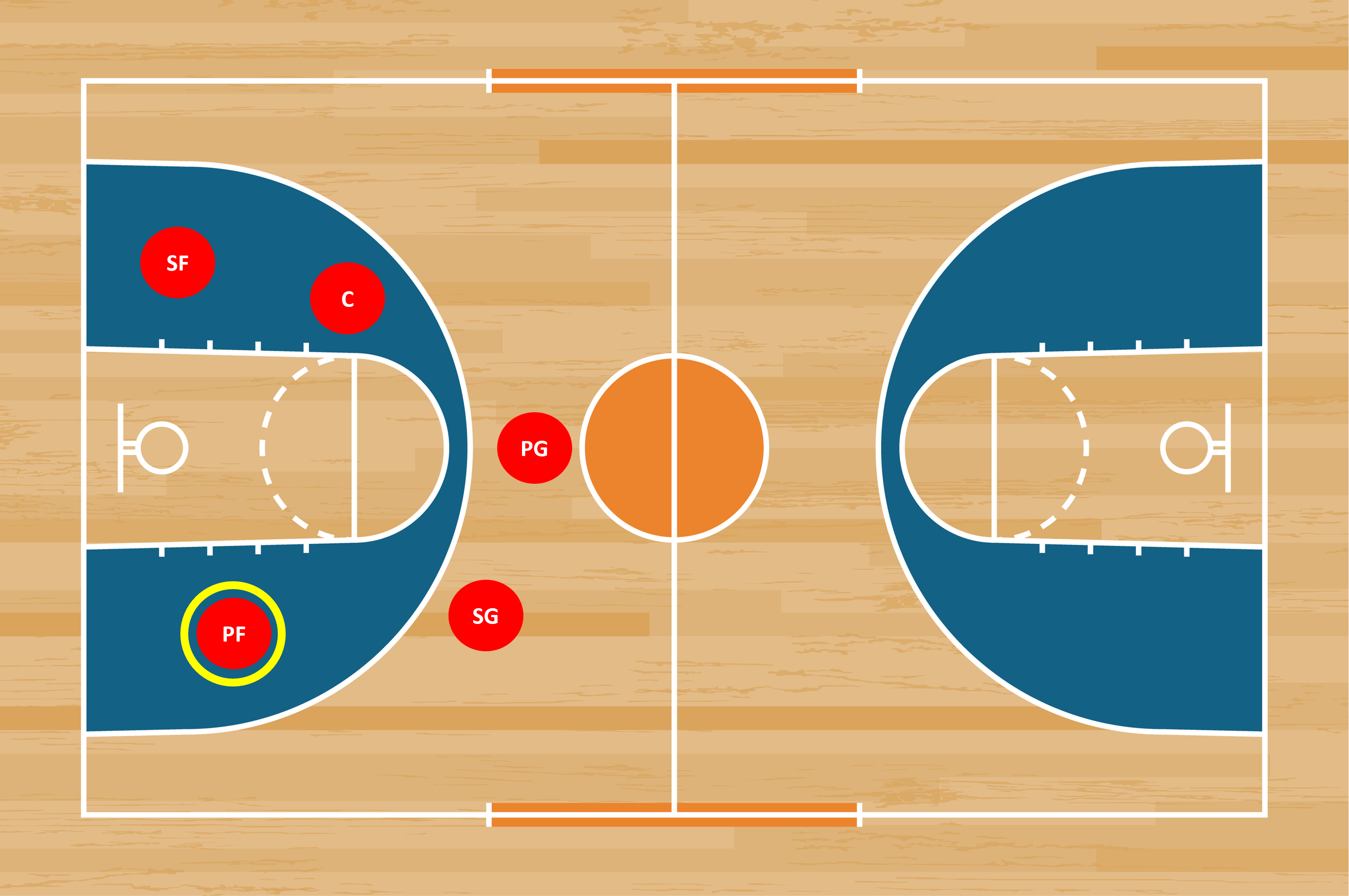
The power forward plays a similar role to the center but is often a bit smaller and quicker. Power forwards are responsible for rebounding and playing near the basket but also have the ability to score from outside with longer shots. In order to be effective, power forwards must have a combination of strength, speed, and shooting ability.
One of the key responsibilities of a power forward is to create space and provide a scoring threat. This requires them to have a versatile offensive game, including the ability to score from inside and outside. Power forwards must also have good footwork, knowing when to spin off their defender, take their man off the dribble, or cut to the basket for a pass.
In addition to these offensive skills, power forwards must also be able to defend against bigger players. This requires them to have good footwork and body positioning, as well as the ability to use their strength and athleticism to contest shots and secure rebounds. Power forwards must also be able to switch effectively on defense, defending players of different sizes and playing positions.
Small Forward

The small forward plays against players of different sizes, roaming all over the court. Small forwards are responsible for scoring from long shots and close ones, as well as defending against the opponent's best players. In order to be effective, small forwards must be able to handle the ball, pass effectively, and have the agility and quickness to drive to the basket.
One of the key responsibilities of a small forward is to create mismatches and provide a scoring threat. This requires them to have a versatile offensive game, including the ability to score from inside and outside. Small forwards must also have good court vision, knowing when to pass the ball, when to cut to the basket, and when to attack the rim.
In addition to these offensive skills, small forwards must also be able to defend against players of different sizes. This requires them to have good footwork and body positioning, as well as the ability to use their speed and agility to stay in front of their man. Small forwards must also be able to switch effectively on defense, defending players of different sizes and playing positions.
Point Guard

The point guard runs the offense and is usually the team's best dribbler and passer. The point guard is responsible for bringing the ball up the court, setting up the offense, and creating scoring opportunities for their teammates. In order to be effective, point guards must have excellent ball-handling skills, court vision, and the ability to make quick decisions.
One of the key responsibilities of a point guard is to run the offense efficiently and effectively. This requires them to have good ball-handling skills, and the ability to penetrate the defense and create scoring opportunities for their teammates. Point guards must also have good court vision, knowing when to pass the ball, when to drive to the basket, and when to set up their teammates for open shots.
In addition to these offensive skills, point guards must also be able to defend against the opponent's point guard. This requires them to have quick feet and the ability to stay in front of their man, as well as the ability to anticipate their opponent's moves and steal the ball. Point guards must also be good communicators, calling out defensive assignments and directing traffic on the court.
Shooting Guard
.jpg)
The shooting guard is usually the team's best shooter, responsible for making shots from long distances and also being a good dribbler. Shooting guards play a key role in the offense, stretching the defense and providing a scoring threat from beyond the arc. In order to be effective, shooting guards must have good shooting mechanics, the ability to create their own shot, and the agility and quickness to get open and drive to the basket.
One of the key responsibilities of a shooting guard is to provide a scoring threat from beyond the arc. This requires them to have good shooting mechanics, the ability to create their own shot, and the confidence to take big shots in clutch situations. Shooting guards must also have good court awareness, knowing when to shoot and when to pass the ball.
In addition to these offensive skills, shooting guards must also be able to defend against their opponents. This requires them to have good footwork and the ability to stay in front of their man, as well as the ability to contest shots and secure rebounds. Shooting guards must also be able to switch effectively on defense, defending players of different sizes and playing positions.
Who were the best basketball players of all time?

Basketball is a sport that has produced many great players over the years. Each position on the court has its own unique skills and responsibilities, and the players who excel in these positions often go down in history as some of the greatest to ever play the game. This list showcases some of the best players of all time for each position, including centers, power forwards, small forwards, point guards, and shooting guards. These players were selected based on their overall impact on the game, their statistical achievements, and their ability to lead their teams to success. Whether it's their scoring prowess, their ability to run an offense, or their tenacity on the boards, these players are some of the most memorable in the history of the sport.
Centers: Wilt Chamberlain, Kareem Abdul-Jabbar, Shaquille O'Neal, Hakeem Olajuwon, Bill Russell, Moses Malone, George Mikan, Dave Cowens, Patrick Ewing, Artis Gilmore
Power Forwards: Tim Duncan, Karl Malone, Charles Barkley, Kevin Garnett, Dennis Rodman, Chris Webber, Robert Parish, Elvin Hayes, Buck Williams, Dirk Nowitzki
Small Forwards: LeBron James, Larry Bird, Julius Erving, Elgin Baylor, Scottie Pippen, John Havlicek, George Gervin, Rick Barry, Paul Arizin, James Worthy, Kevin Durant.
Point Guards: Magic Johnson, John Stockton, Isiah Thomas, Steve Nash, Steph Curry, Oscar Robertson, Bob Cousy, Gary Payton, Lenny Wilkens, Tim Hardaway Sr.
Shooting Guards: Michael Jordan, Kobe Bryant, Clyde Drexler, Allen Iverson, Reggie Miller, Dwyane Wade, Ray Allen, George Gervin, Sam Jones, Kiki Vandeweghe



